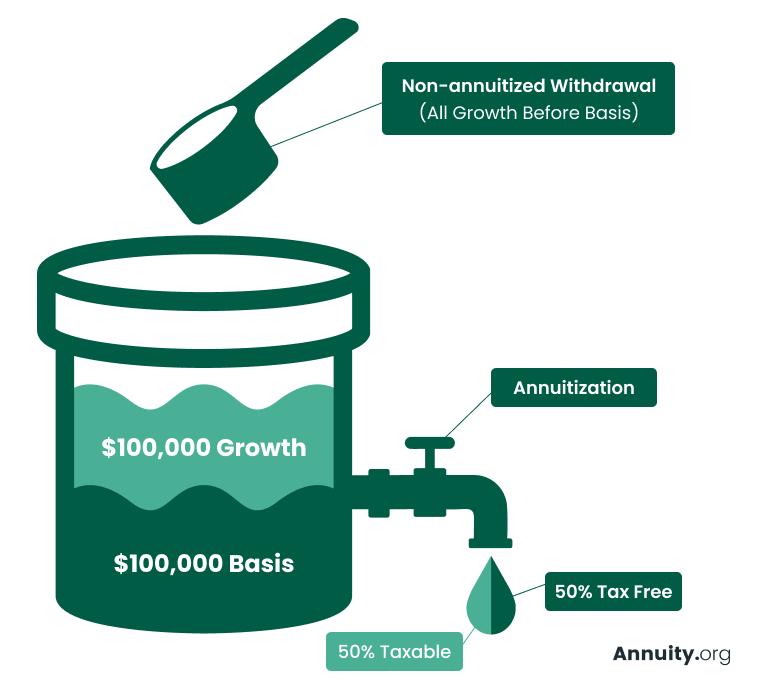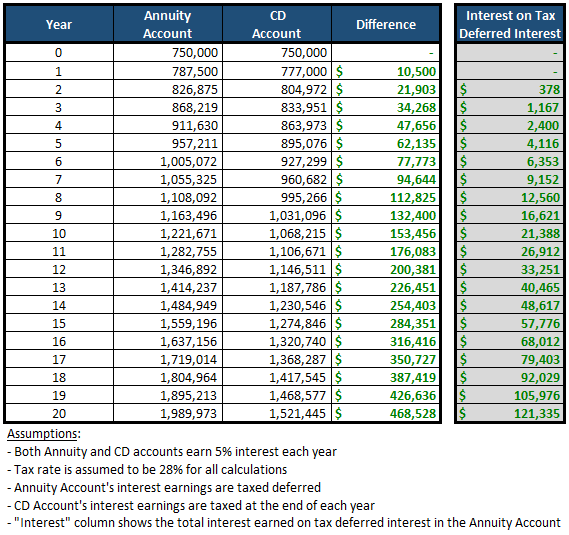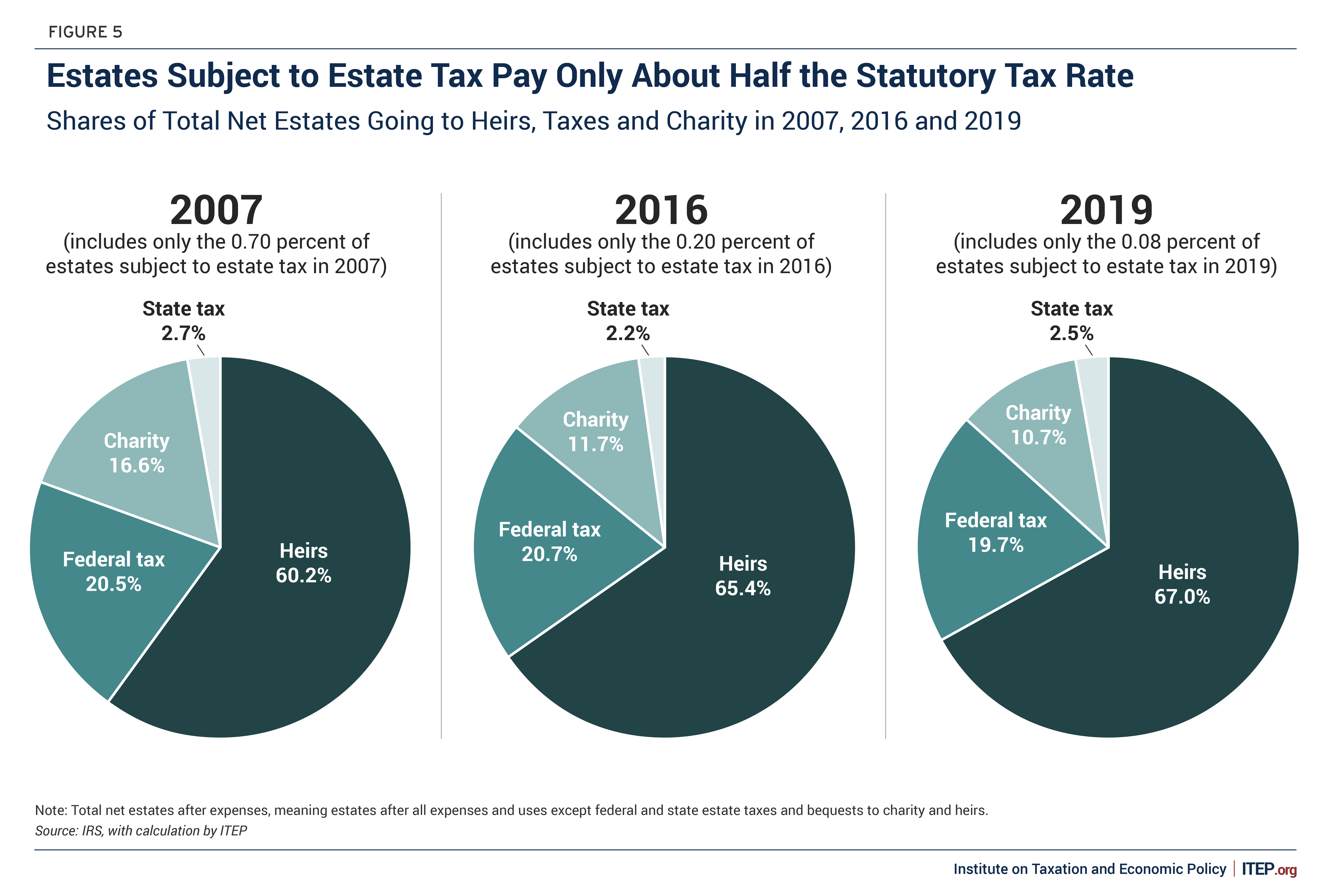All Categories
Featured
Table of Contents
This five-year basic guideline and two adhering to exceptions apply just when the owner's death sets off the payout. Annuitant-driven payouts are reviewed listed below. The initial exemption to the basic five-year guideline for specific beneficiaries is to accept the survivor benefit over a longer duration, not to go beyond the anticipated lifetime of the beneficiary.
If the beneficiary elects to take the survivor benefit in this technique, the benefits are strained like any other annuity payments: partly as tax-free return of principal and partially taxed income. The exemption proportion is located by utilizing the departed contractholder's price basis and the anticipated payouts based upon the recipient's life expectations (of shorter duration, if that is what the beneficiary picks).
In this technique, in some cases called a "stretch annuity", the recipient takes a withdrawal annually-- the needed quantity of yearly's withdrawal is based upon the exact same tables used to calculate the required circulations from an IRA. There are 2 benefits to this technique. One, the account is not annuitized so the recipient preserves control over the money value in the contract.
The 2nd exemption to the five-year rule is offered just to a surviving partner. If the designated recipient is the contractholder's spouse, the partner may choose to "enter the footwear" of the decedent. In effect, the spouse is dealt with as if he or she were the proprietor of the annuity from its inception.
Annuity Income Stream inheritance tax rules
Please note this uses just if the partner is named as a "marked recipient"; it is not readily available, for instance, if a trust fund is the recipient and the spouse is the trustee. The basic five-year guideline and both exemptions only put on owner-driven annuities, not annuitant-driven agreements. Annuitant-driven contracts will pay survivor benefit when the annuitant dies.

For purposes of this conversation, think that the annuitant and the proprietor are various - Annuity death benefits. If the contract is annuitant-driven and the annuitant passes away, the death activates the survivor benefit and the beneficiary has 60 days to determine exactly how to take the death advantages subject to the terms of the annuity agreement
Also note that the choice of a spouse to "enter the shoes" of the proprietor will certainly not be readily available-- that exemption applies only when the proprietor has actually passed away but the proprietor really did not die in the circumstances, the annuitant did. Finally, if the recipient is under age 59, the "death" exception to stay clear of the 10% charge will certainly not use to a premature distribution again, because that is readily available just on the death of the contractholder (not the death of the annuitant).
Many annuity companies have inner underwriting policies that decline to provide contracts that call a various proprietor and annuitant. (There might be odd scenarios in which an annuitant-driven contract satisfies a clients special needs, but generally the tax obligation downsides will certainly outweigh the benefits - Annuity withdrawal options.) Jointly-owned annuities may posture similar issues-- or at the very least they might not serve the estate planning function that jointly-held properties do
Consequently, the fatality benefits need to be paid out within five years of the initial proprietor's fatality, or subject to the two exemptions (annuitization or spousal continuance). If an annuity is held jointly in between a couple it would certainly appear that if one were to die, the various other can simply proceed ownership under the spousal continuance exception.
Think that the hubby and better half called their child as beneficiary of their jointly-owned annuity. Upon the fatality of either proprietor, the firm needs to pay the fatality benefits to the boy, that is the beneficiary, not the making it through spouse and this would probably beat the proprietor's intentions. Was really hoping there may be a mechanism like establishing up a recipient Individual retirement account, however looks like they is not the situation when the estate is setup as a recipient.

That does not recognize the sort of account holding the acquired annuity. If the annuity was in an acquired IRA annuity, you as administrator need to be able to assign the acquired IRA annuities out of the estate to inherited IRAs for every estate beneficiary. This transfer is not a taxable occasion.
Any type of circulations made from inherited Individual retirement accounts after job are taxed to the recipient that obtained them at their normal earnings tax price for the year of distributions. However if the inherited annuities were not in an IRA at her fatality, then there is no chance to do a direct rollover into an acquired individual retirement account for either the estate or the estate recipients.
If that takes place, you can still pass the circulation via the estate to the specific estate beneficiaries. The tax return for the estate (Type 1041) can consist of Kind K-1, passing the earnings from the estate to the estate beneficiaries to be taxed at their individual tax rates instead of the much greater estate revenue tax obligation prices.
How does Annuity Contracts inheritance affect taxes

: We will develop a plan that includes the very best products and attributes, such as enhanced survivor benefit, costs bonuses, and long-term life insurance.: Obtain a personalized technique designed to optimize your estate's value and minimize tax liabilities.: Carry out the selected method and get continuous support.: We will certainly assist you with establishing up the annuities and life insurance policy policies, offering constant support to ensure the plan continues to be reliable.
However, should the inheritance be considered as an income connected to a decedent, after that tax obligations may apply. Typically speaking, no. With exemption to pension (such as a 401(k), 403(b), or individual retirement account), life insurance policy earnings, and financial savings bond passion, the beneficiary generally will not need to birth any type of revenue tax on their inherited wealth.
The quantity one can inherit from a trust fund without paying tax obligations depends on various aspects. The federal inheritance tax exemption (Fixed income annuities) in the United States is $13.61 million for individuals and $27.2 million for wedded couples in 2024. However, specific states may have their own inheritance tax laws. It is suggested to seek advice from with a tax obligation specialist for accurate information on this issue.

His goal is to simplify retired life planning and insurance, making sure that clients understand their options and secure the finest insurance coverage at unequalled prices. Shawn is the founder of The Annuity Professional, an independent on the internet insurance firm servicing consumers across the United States. Through this system, he and his team goal to remove the uncertainty in retired life planning by aiding people find the finest insurance coverage at one of the most affordable rates.
Table of Contents
Latest Posts
Breaking Down Pros And Cons Of Fixed Annuity And Variable Annuity Everything You Need to Know About Fixed Income Annuity Vs Variable Annuity Defining the Right Financial Strategy Pros and Cons of Vari
Highlighting the Key Features of Long-Term Investments Key Insights on Indexed Annuity Vs Fixed Annuity Breaking Down the Basics of Investment Plans Benefits of Choosing the Right Financial Plan Why C
Analyzing Strategic Retirement Planning Everything You Need to Know About Financial Strategies Defining Fixed Vs Variable Annuity Pros And Cons Features of Tax Benefits Of Fixed Vs Variable Annuities
More
Latest Posts